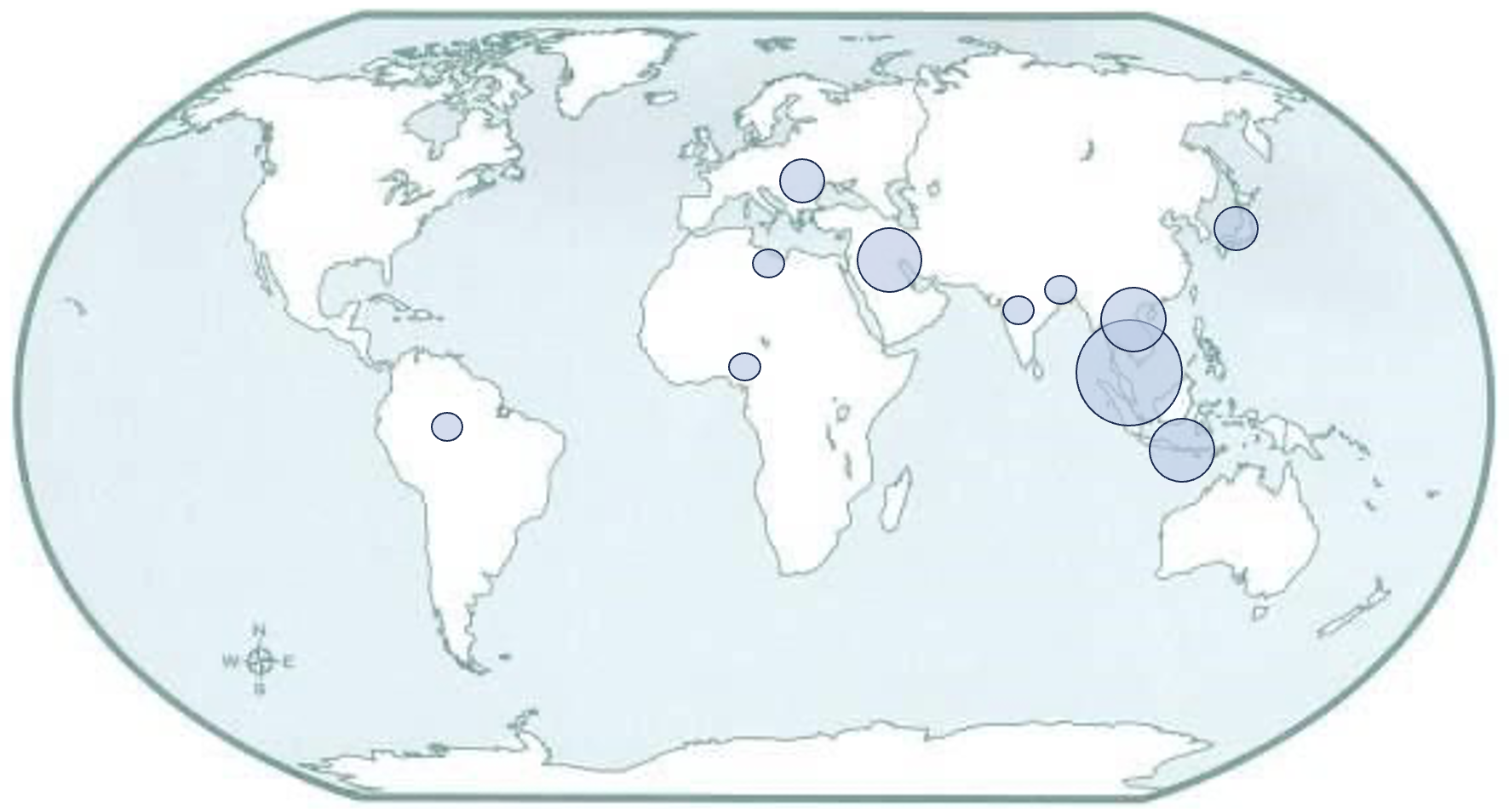Effect of Adding Al2O3 Ceramic in Wire Arc Additive Manufacturing 308LSi Stainless Steel
DOI:
https://doi.org/10.37934/armne.27.1.133145Keywords:
Wire arc additive manufacturing, Al2O3 ceramics particles, 308LSi, mechanical properties, grain refinement, microstructureAbstract
Wire Arc Additive Manufacturing (WAAM) is a process that allows for efficient in-situ production of components or remanufacturing based on its capabilities to produce at a greater rate of deposition at a lower cost. However, WAAM components suffer from heat dissipation during the deposition process that causes the growth of coarse columnar grains resulting in poor mechanical properties that will limit industrial applications. Thus, this research investigates the role of introducing Al2O3 ceramic powder particle inoculants to the AWS A5.9 ER308LSi stainless steel wall structure to enhance the mechanical performance capabilities by refining the grain process. During deposition, the Al2O3 ceramic powder particle was manually added to each layer when the temperature drops to 150ᵒC. A complete series of tensile testing was executed to bridge those knowledge gaps. WAAM walls were fabricated and the microstructure of the sample were analysed. The results revealed that the highest tensile strength of WAAM SS308LSi components recorded at 560 MPa in the deposition direction, which increased by 6% compared to the non-inoculated sample. The improvement was due to the success of grain refinement and heterogeneous nucleation. The study demonstrates the potential of the technique to improve the mechanical properties and microstructure during WAAM components fabrication or remanufacturing.
Downloads

























